Perennial wildflower plants can be used to create long-lasting wildflower areas and meadows, providing vital food and habitat for pollinating insects such as bees and butterflies. Choose your favourite species to plant individually, or use as an addition to our wildflower plant collections or famous wildflower seed mixes.
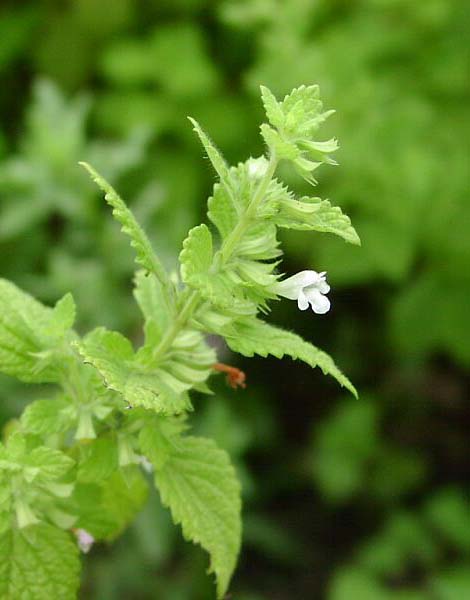
This small white, although they can also be a pale purple-flowered, perennial plant with its scalloped edged, oval leaves giving off a lemon scent. Although they can be cooked or dried, the leaves are best used fresh for a variety of things such as herb teas, salads, sauces and even vinegar.
Dried leaves can also be added to herb pillows and potpourris.
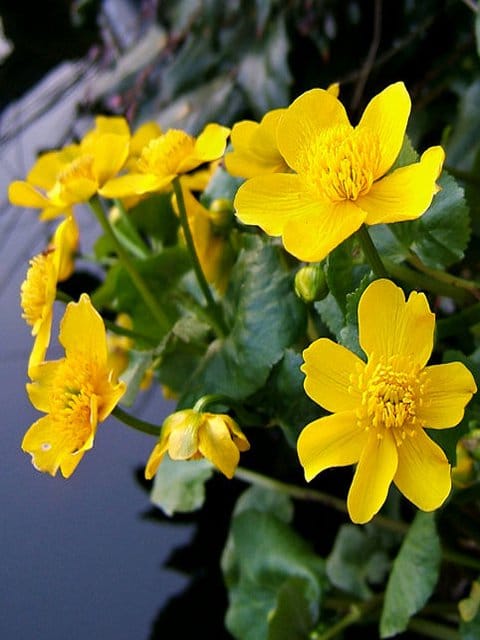
Also known as the Kingcup, these large brilliant golden flowers can be found in wet woodlands, marshes and ditches across Britain. They are bold perennials with succulent leaves. Numerous insects, including several species of Fly, visit the flowers for their nectar and pollen.
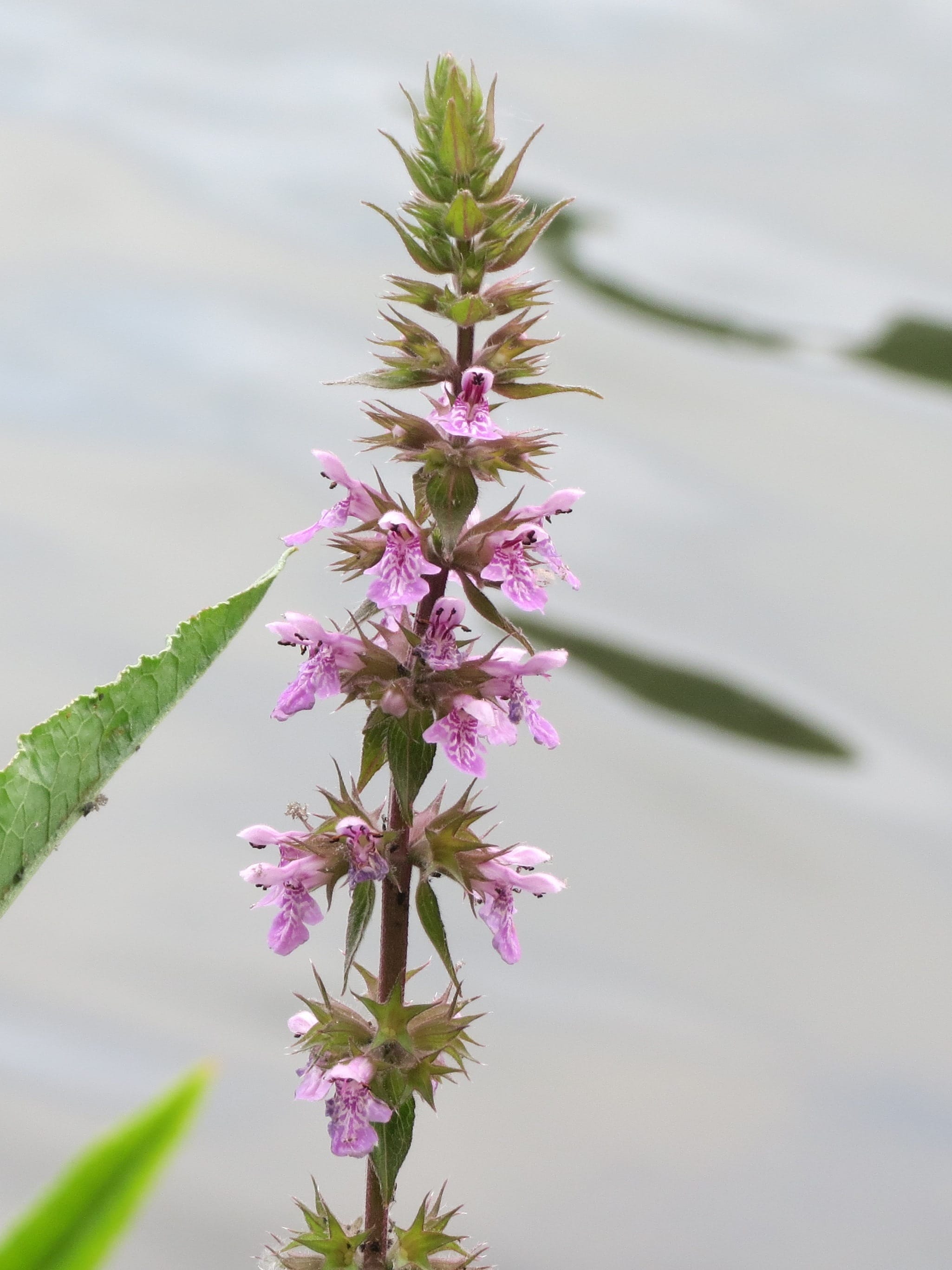
This attractive perennial plant most suited around the water's edge has 4-angled sparsely hairy stems with heart-shaped leaves at the base. The corolla is pale-purple/pink with dark spots on the lower lip.
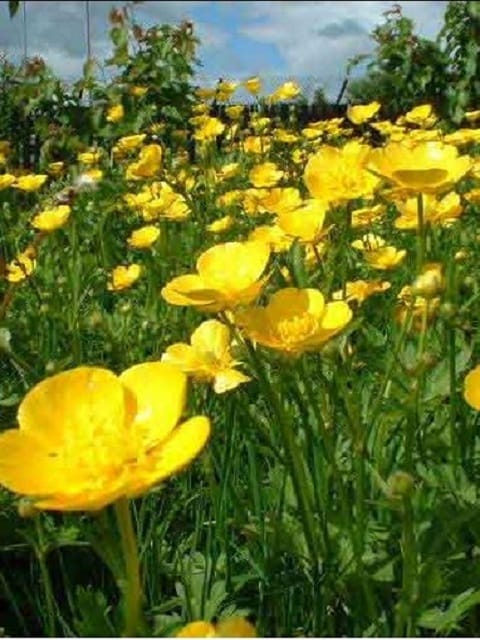
The most majestic of the three common Buttercup species native to Britain. Its pale yellow flowers are a familiar sight in traditional meadows and grasslands on damp soils. There is a species of Solitary Bee, which uses the flowers to sleep in.
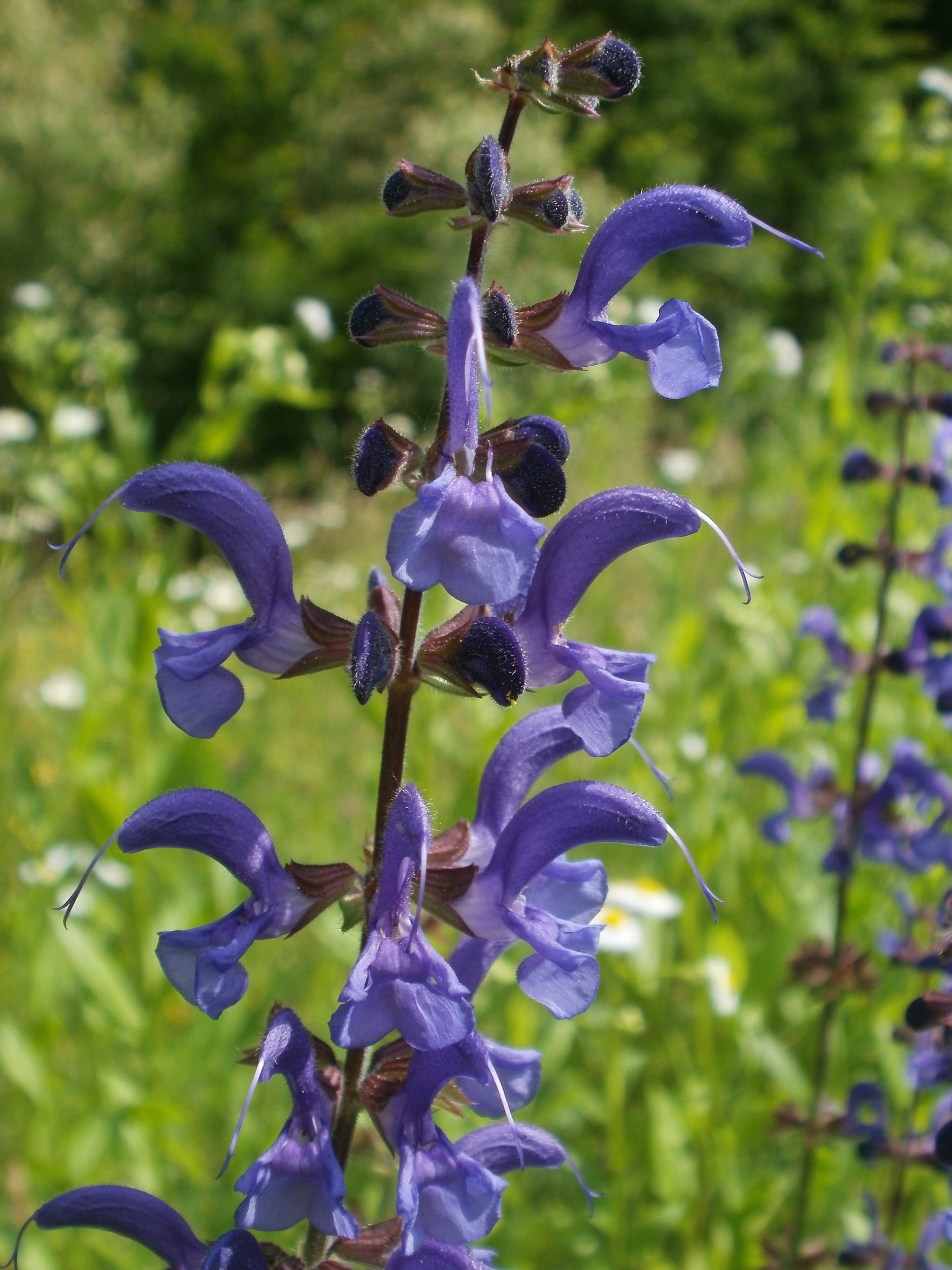
A soft hairy perennial that likes dry and grassy areas with unusual violet-blue flowers. This tall wildflower is a strong inclusion in a border or stands equally proud alone.
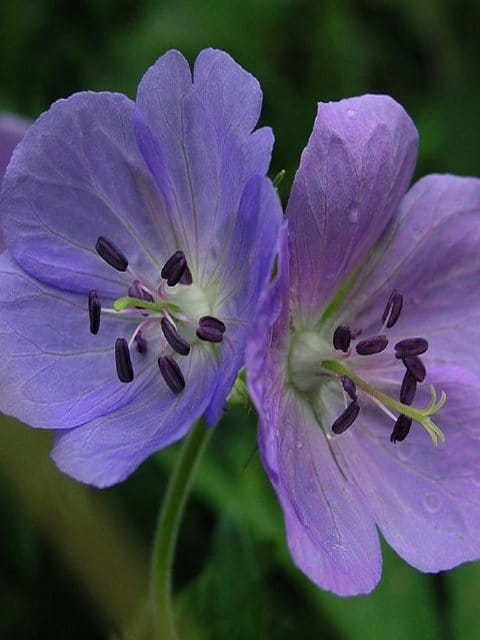
A locally common native perennial found on roadsides and in meadows. The large blue flowers are attractive to Bumblebees, Honey Bees and Solitary Wasps. It is particularly hardy and will compete with grasses. During the winter these plugs die back and are classed as dormant, they do not have any leaves on them.
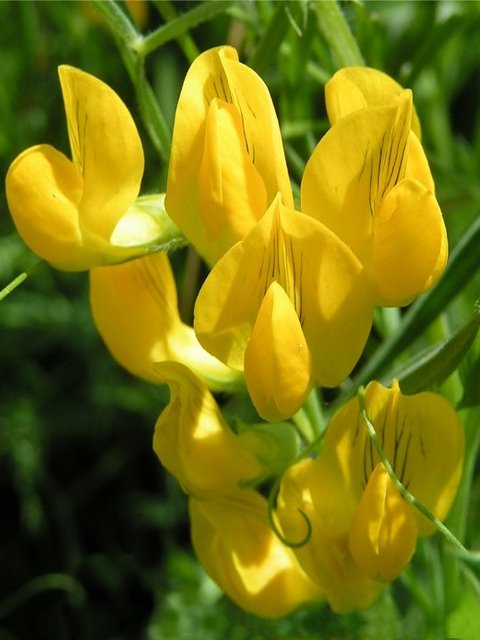
Also known as the "Meadow pea" this is a straggling perennial plant, that flowers in bright yellow flowers that are weakly scented. Good for use in meadows, woodland edges and shrubs.
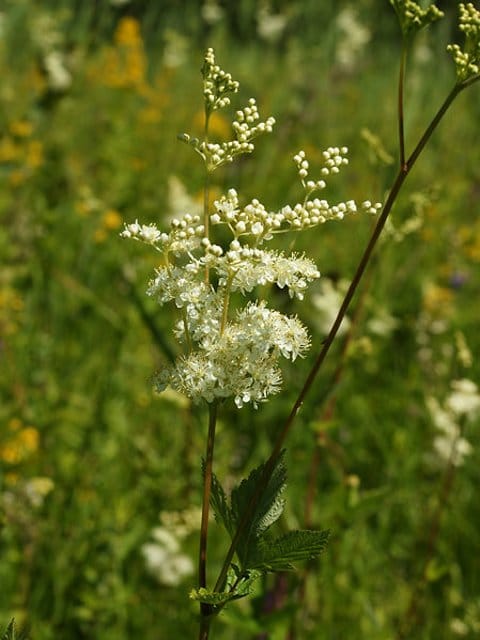
A common tall perennial found in damp meadows, ditches and river banks. Its fluffy cream flowers have a strong, heady, sweet aroma. In medieval times the plant was crushed and used as a pain relief as the chemicals it contains are similar to aspirin.
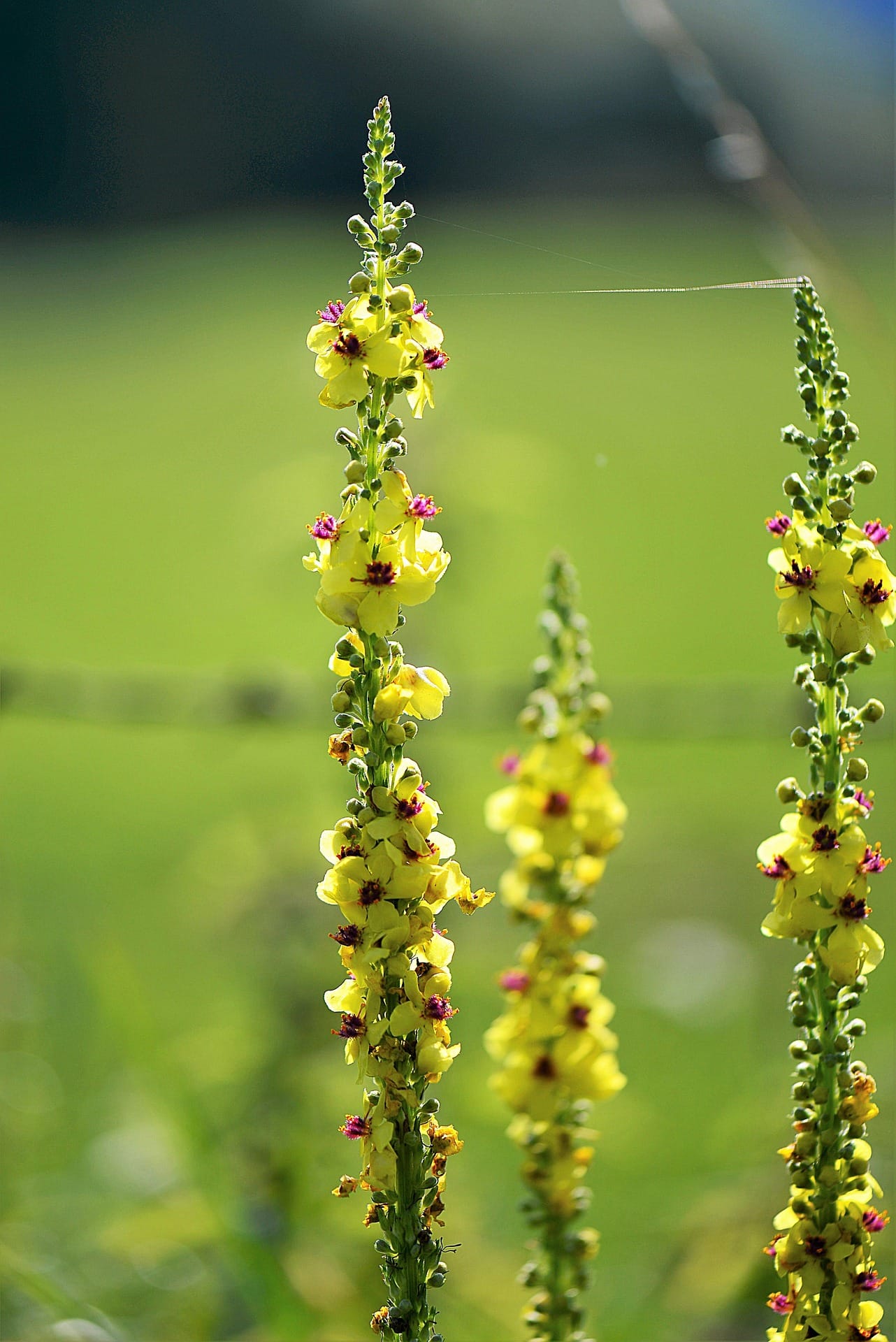
A biennial with yellow flowers often tinged with pale pink singly up the stalk. It grows well in borders and rockeries which are in a sunny position in poor soil conditions.
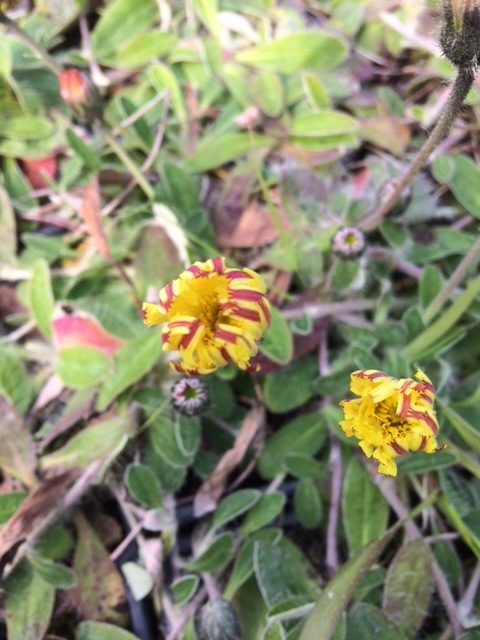
A perennial with lemon yellow flowers that have a red tinge on the outer edge. Pale green and slightly hairy leaves. Often found in dry grasslands and chalky soils such as clifftops, heaths, chalk downlands and sand dunes. As a herbal medicine Mouse-ear Hawkweed has been known to be used to treat respiratory infections.
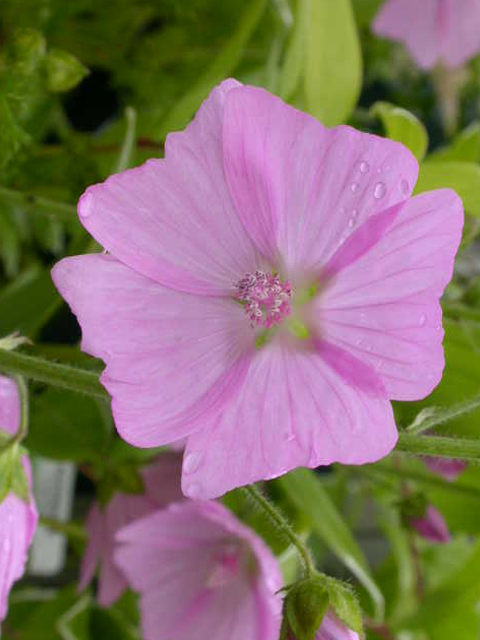
This perennial wildflower has beautiful, pretty pale pink flowers which are adored in all gardens and have a strong musky aroma, these are most suited to areas with full sun and well-drained soils.
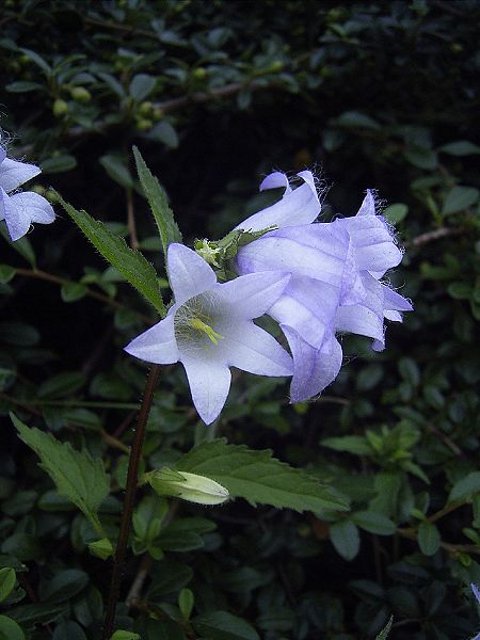
A tall, unbranched native perennial common across England. It is a plant of hedgerows and woodlands, also known as Bats in the Belfry due to the stamens looking like bats hanging the bell of a church steeple. This beautiful plant flourishes with bell-shaped flowers that are lilac in colour.
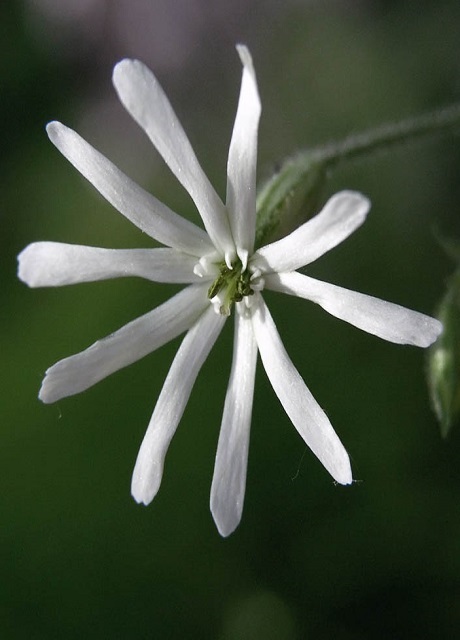
This white, delicate, drooping night-scented perennial flower is very attractive to moths and many other pollinators. These will blossom in well-drained soils and thrive in full sun.
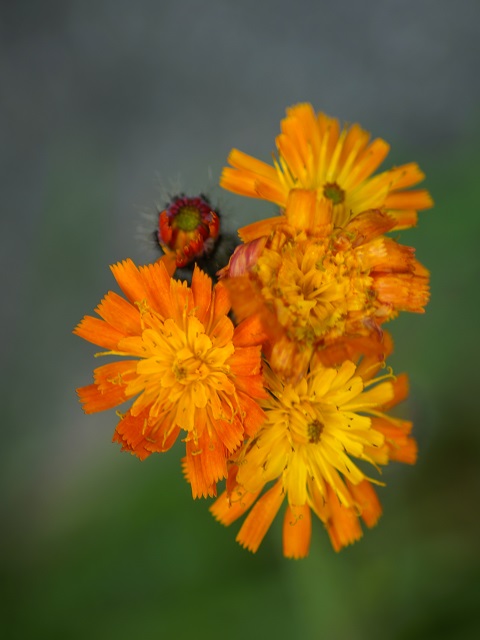
Also known as Fox & Cubs these are an Orange wildflower of roadsides, hedgebanks and waste places. This perennial wildflower is often grown for ornamental purposes as the bright orange flowers are hugely appealing to pollinators.
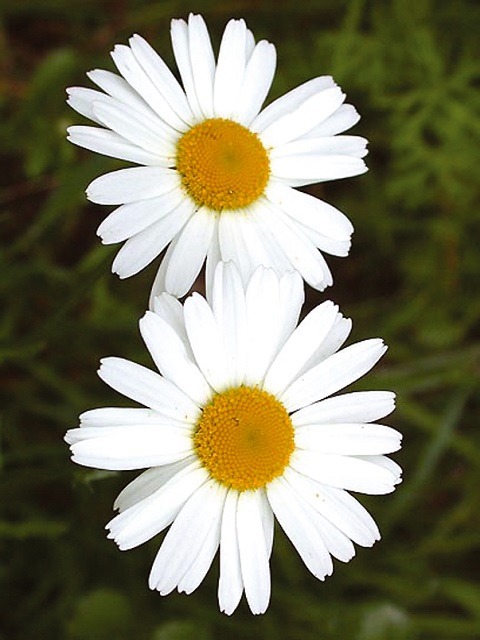
Often seen carpeting road verges and railway embankments with white and gold blooms. This common native perennial is also known as Moon Daisy or Dog Daisy and attracts butterflies, bees and other insects.
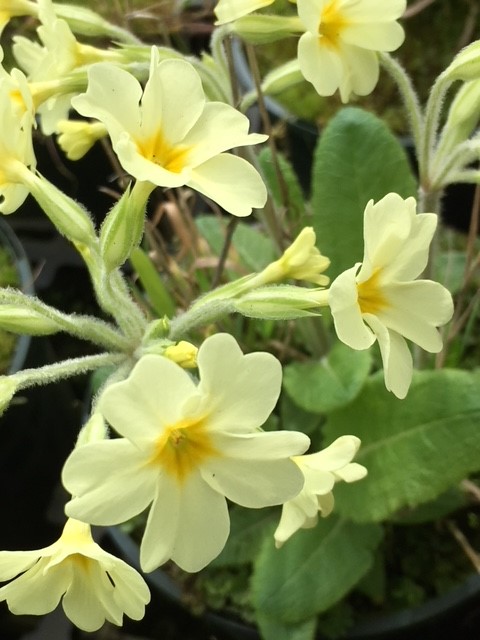
Perennial. The county flower of Suffolk, this early flowering nectar-rich plant its flowers are a pale yellow colour with five petals. When in flower they generally tend to face in the same direction and open out widely. Traditionally Oxlips has been used in herbal medicine to treat coughs and rheumatism.
.jpg)
Forming dense clumps of dark green foliage the tall stems droop with yellow catkin-like flowers that will sway in the breeze. Also known as weeping, drooping or hanging sedge.
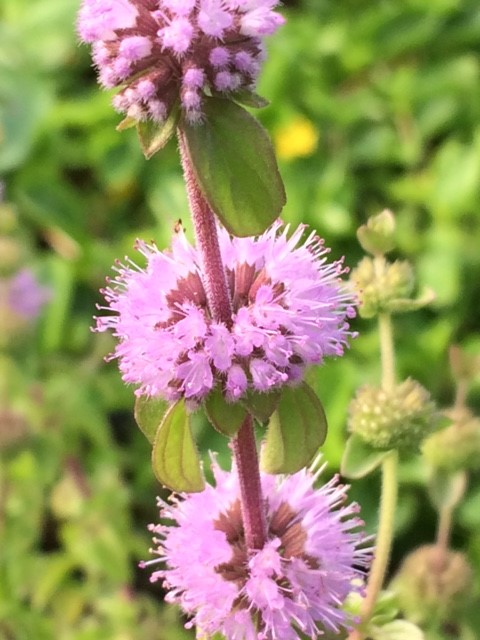
Pennyroyal plants have prominent lilac flower whirls that when crushed the leaves emit a strong fragrance similar to spearmint commonly used in aromatherapy. The plants are creeping downy mint that requires a damp environment. In herbal medicine, Pennyroyal has been used as insect repellent and antiseptic.
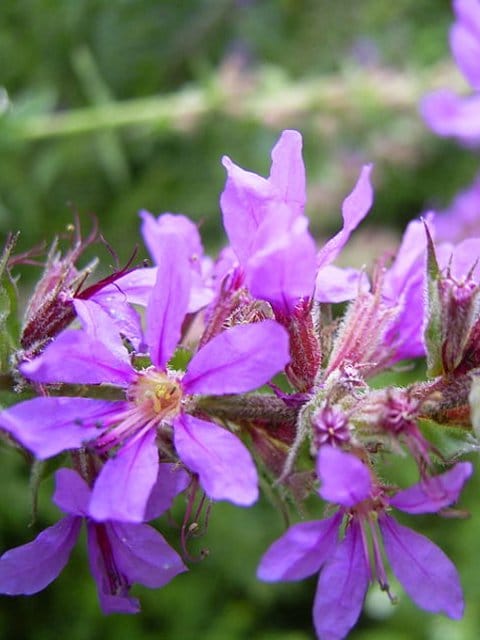
Found along the banks of rivers, streams and ponds or in marshes this tall perennial is striking with its bright magenta flowers. It is a favourite of foraging bees and is the larval food plant of the Small Elephant Hawkmoth.
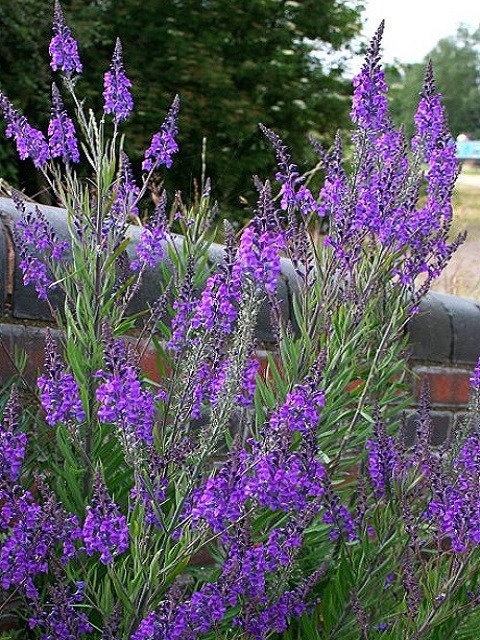
This perennial non-native plant flowers in spikes of vibrant pink, purple snap-dragon flowers and has greyish leaves. The Purple toadflax wildflower can be a great addition to beds and borders adding a satisfying splash of colour.
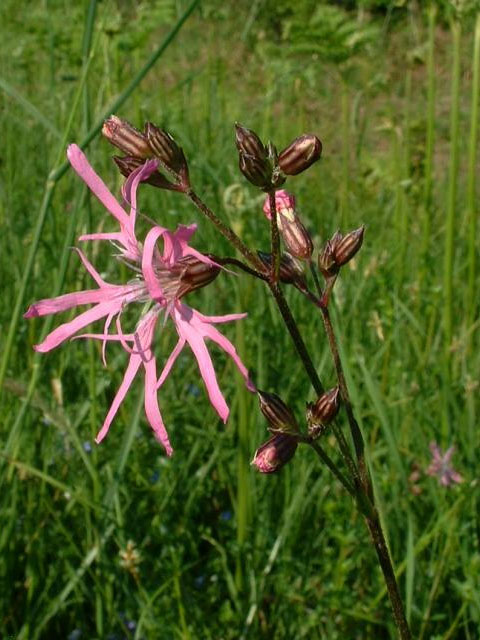
The deeply cut pink petals of this native perennial are highly attractive to butterflies and bees. It can be found in damp woodland, meadows and pond edges.
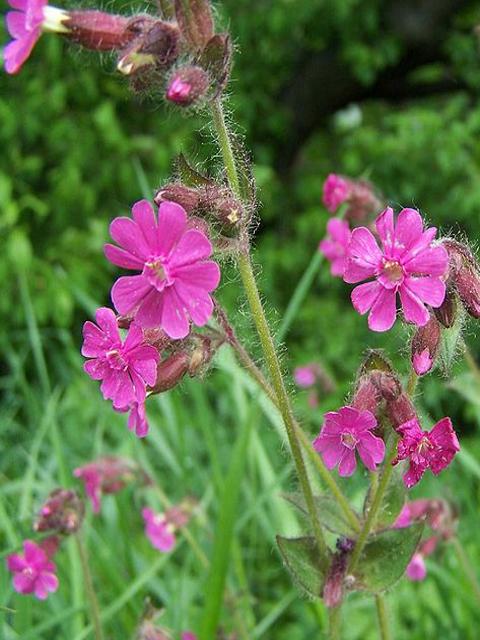
A classic hedgerow and woodland edge perennial found across the whole of Britain. The flowers are usually a deep pink colour but can also be white or pale pink. The Latin name ‘Silene’ is after the merry, drunken god of woodlands.
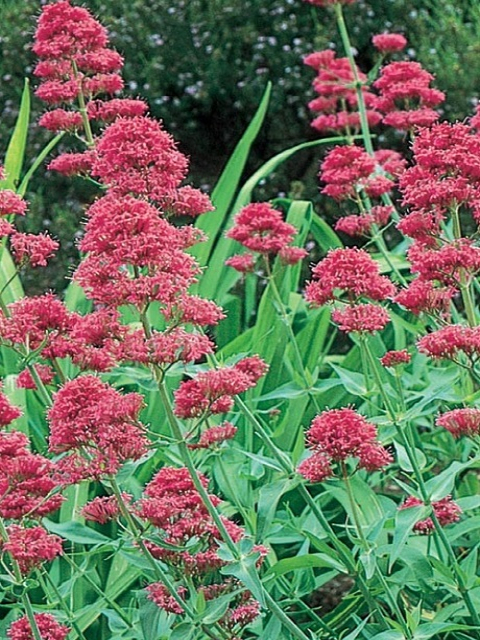
Red valerian is a tall perennial wildflower with flowers that continues to bloom late into the season in deep luxurious red. A dry stone wall or large rockery plant, which is very good on a border and attractive to bees.
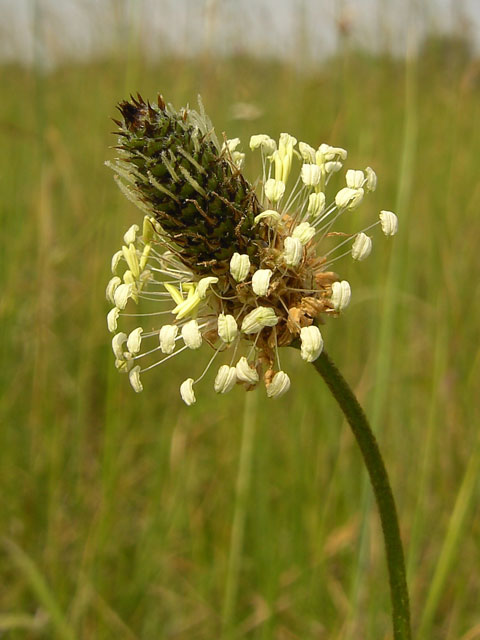
This grass-like plant has blackish-brown flowers with yellow anthers and is commonly used in meadows. Ribwort plantain is a strong and hardy meadow plant that is crucial in providing a food source for pollinators.
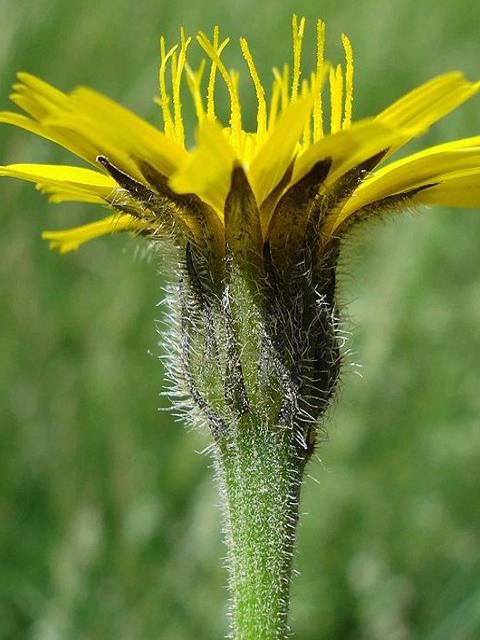
A perennial with yellow dandelion flowers. Also known as Greater Hawkbit. Seeds heads form a clock that attracts birds and this delightful flower gives off a pleasant fragrance.
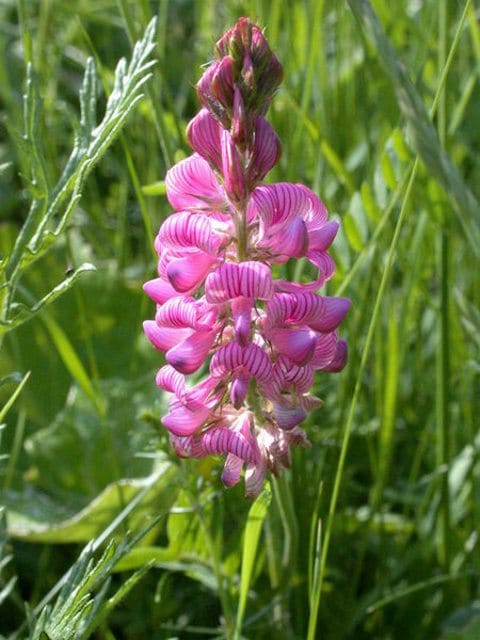
A bushy meadow plant with cone-shaped spikes. Aromatic perennial with masses of dark red flowers turning pink. Sainfoin is also known as French Grass, Holy Clover and prefers to be in full sunlight.
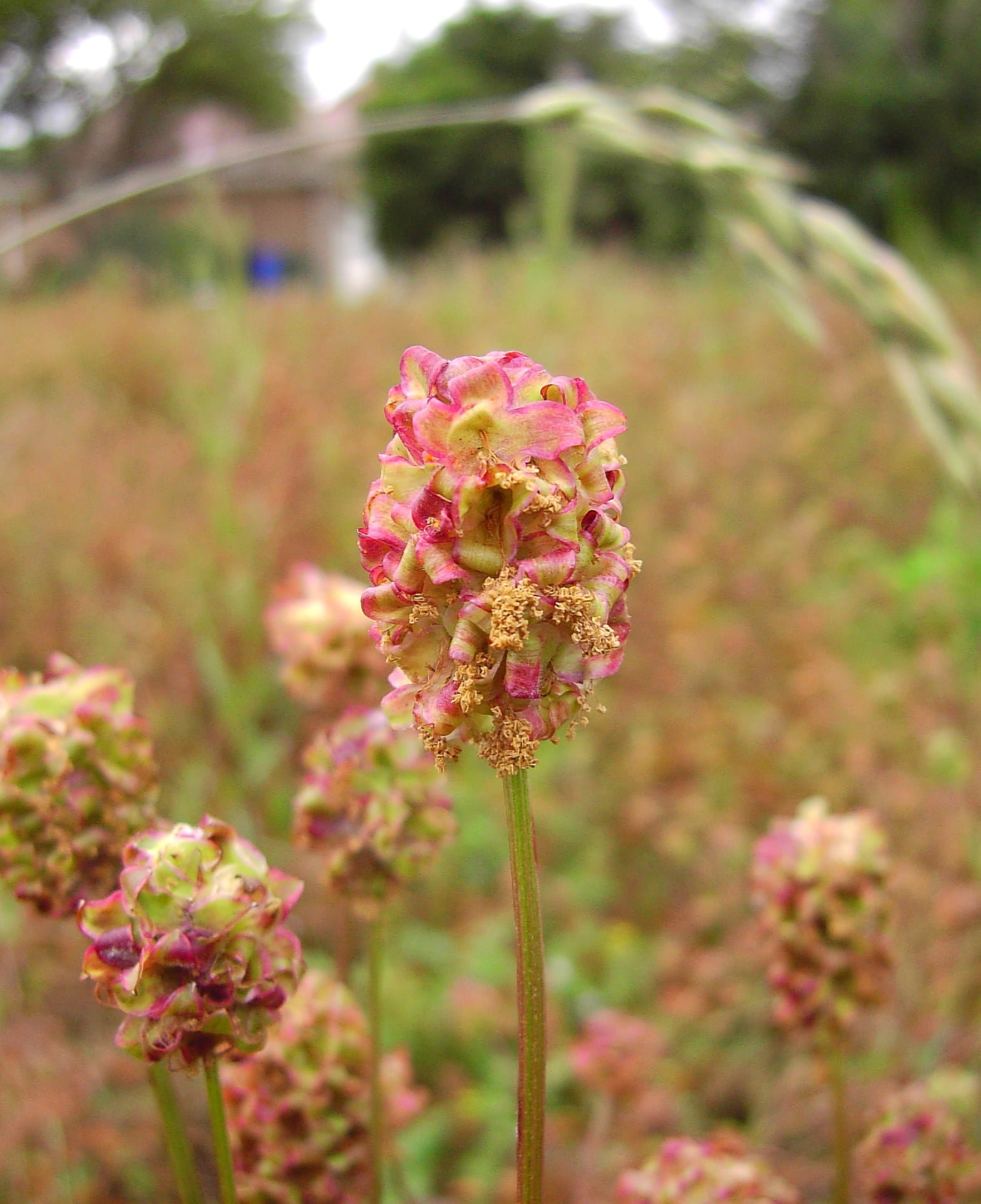
It is a perennial with a small, strange almost round flower head, which is pollinated by the wind. It can be found in a variety of dry, calcareous grasslands. If the flower heads are crushed an agreeable scent can be detected.
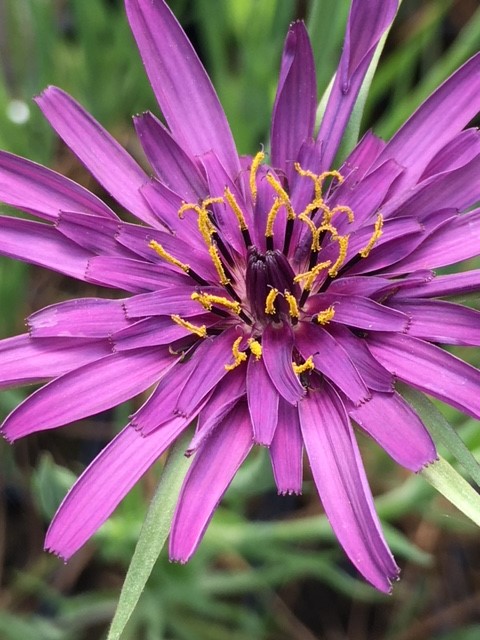
A perennial plant with a vibrant purple flower, with grass-like foliage. These sun favouring flowers only open in the morning whilst the sun is shining. Commonly known as Jerusalem Star, Oyster Plant, Vegetable Oyster, gaining the latter names from the Oyster like the taste of its roots. Older roots are best when cooked so can be used in stews and soups whereas the young roots are grated for use s...
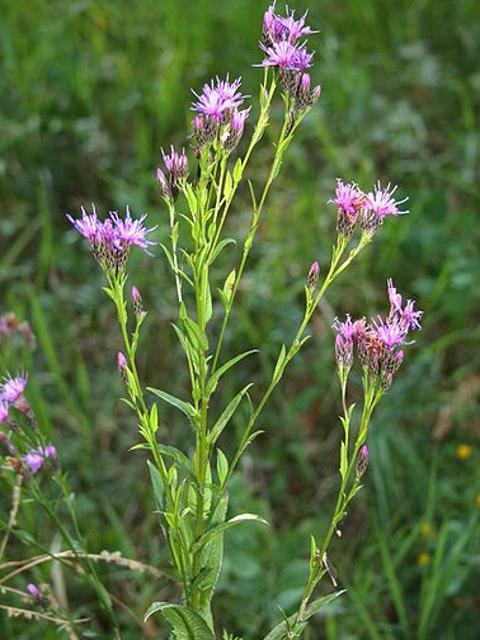
Perennial. Similar to Knapweed. Violet-red flowers size 1.5cms.
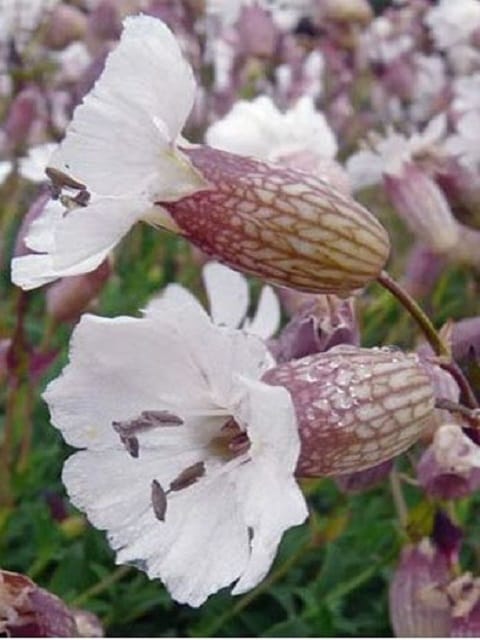
A perennial that's ideal for rockeries and coastal areas. Solitary white flowers with a net veined 'bladder' and thick waxy leaves. Also known as Seaside Catchfly.

Landlife Wildflowers grow and supply high-quality, native wildflower products, restoring wildflowers right across the UK. Working in conjunction with wildlife charity, Buglife, we’re bringing back Britain’s treasured wildflowers! Find out more about why we’ve been trusted by the general public, Natural England and The National Trust for over twenty years.

We’re proud to supply only the highest-quality, native wildflower products - tried, tested and refined by us for two decades to ensure each and every customer is delighted with their purchase. Find out more about our commitment to the supply of native, provenance-assured wildflower products to restore Britain’s natural wildflower habitats for bees, butterflies, birds and wildlife.

If you have any questions or would like to get in touch, our team of wildflower experts are on hand to guide you every step of the way. We love talking about wildflowers and the quality of our products, and are pleased to help with any enquiry, including how to establish wildflowers, product recommendations and even creating custom mixtures for specific projects.